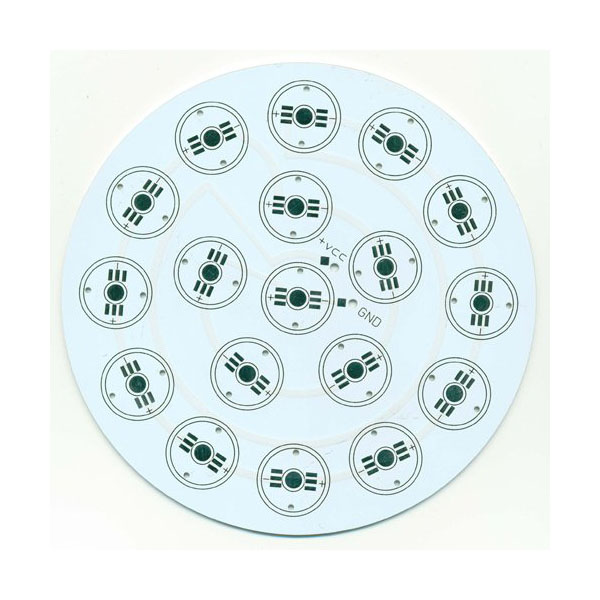Components and steps involved in the PCBA process for LED lights
2023-11-06
PCBA stands for "Printed Circuit Board Assembly," and it refers to the process of assembling electronic components onto a printed circuit board (PCB) to create a functional electronic device or system. In the context of LED lights, PCBA for LED lights involves the assembly of electronic components onto a PCB to create an LED lighting product. Here are the key components and steps involved in the PCBA process for LED lights:
1. Printed Circuit Board (PCB): The foundation of LED light assembly is a printed circuit board. The PCB serves as a platform for mounting electronic components, and it typically has copper traces that connect these components electrically.
2. LED Components: The most critical components in an LED light assembly are the light-emitting diodes (LEDs) themselves. LEDs emit light when an electric current passes through them. LED components are typically surface-mounted on the PCB.
3. Resistors and Capacitors: These passive components are used to control the current and voltage applied to the LEDs. Resistors can limit the current, while capacitors may be used for filtering or power supply stabilization.
4. Driver Circuitry: LED lights often include driver circuitry to regulate the voltage and current supplied to the LEDs. These circuits can ensure the LEDs operate within their specified parameters and provide consistent illumination.
5. Connectors and Wiring: Connectors may be added to the PCB for external connections, such as power input or control signals. Wiring may also be used to link different PCBs or components within the LED lighting system.
6. Heat Sinks: Heat sinks are used to dissipate the heat generated by the LEDs during operation, preventing overheating and ensuring the LEDs maintain their brightness and longevity.
7. PCB Manufacturing: The PCB itself is designed, fabricated, and then populated with electronic components using pick-and-place machines. The components are soldered onto the PCB using surface mount technology (SMT) or through-hole technology (THT), depending on the design.
8. Quality Control and Testing: After assembly, the LED light is subjected to various quality control tests to ensure that all components are properly soldered, and the light functions correctly. Tests may include electrical testing, thermal testing, and visual inspections.
9. Enclosure and Final Assembly: Once the PCBA is complete, it may be placed within an enclosure or housing to protect the components and make the product suitable for its intended application. Final assembly can include attaching lenses, diffusers, and mounting hardware.
10. Packaging: The finished LED light products are packaged and prepared for distribution.
PCBA for LED lights is a crucial process to ensure that LED lighting products meet performance and quality standards. Properly assembled LED lights can vary in complexity, from simple LED bulbs to more intricate lighting systems used in various applications such as residential lighting, automotive lighting, industrial lighting, and more.



